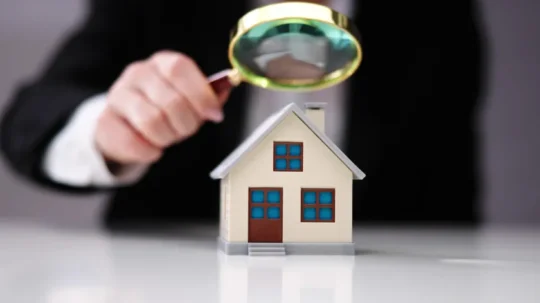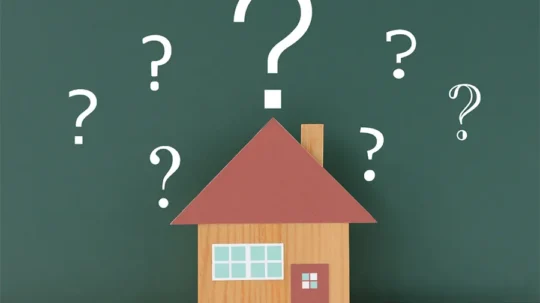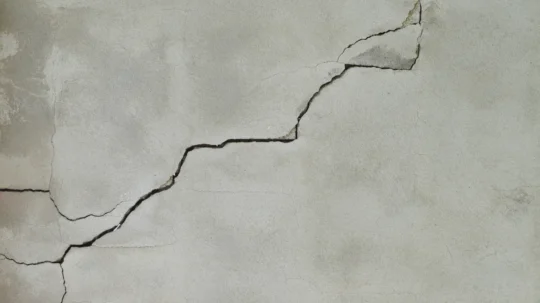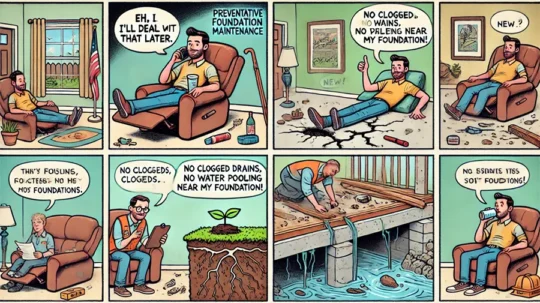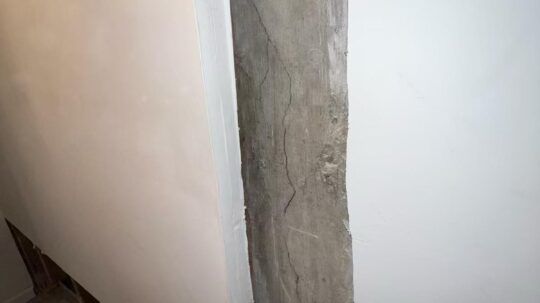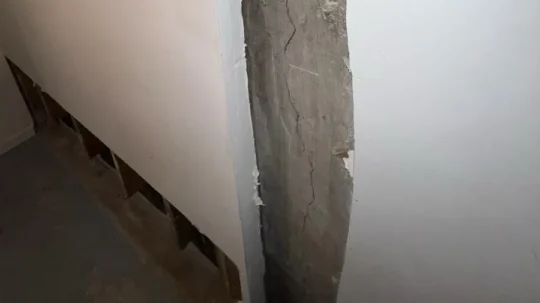
When the soil beneath a structure shifts, expands, or contracts, it affects the foundation’s ability to remain stable. Over time, this movement leads to foundation damage, structural stress, and costly repairs. Here’s how soil movement impacts foundations:
- Foundation Settlement – When soil compresses or washes away, foundations lose support and begin to sink. This can cause uneven floors, cracks in walls, and structural instability.
- Foundation Cracks – As soil shifts, it puts pressure on the foundation, leading to cracks in walls, floors, and exterior masonry. Vertical cracks suggest normal settlement, while stair-step or horizontal cracks indicate serious movement.
- Slab Uplift or Heaving – Expansive soils absorb moisture and swell, pushing up on the foundation. This can lead to buckled floors, cracked concrete slabs, and interior damage.
- Misaligned Doors & Windows – Uneven foundation movement causes frames to shift, resulting in sticking doors, misaligned windows, and gaps around trim.
Ignoring these issues can lead to severe foundation instability, requiring extensive repairs. Next, we’ll cover how to recognize early warning signs of soil movement before the damage worsens.
Signs Your Foundation is Being Affected by Soil Movement
Foundation movement often starts subtly but worsens over time. Catching the early warning signs can prevent costly repairs and structural failure.
- Visible Foundation Cracks – Hairline cracks may be minor, but wide or stair-step cracks signal major movement.
- Uneven or Sloping Floors – If your floors feel unlevel or sag in certain areas, foundation settlement could be to blame.
- Gaps Around Doors & Windows – Shifting soil can pull frames out of alignment, making doors difficult to close.
- Water Pooling Near the Foundation – Excess moisture weakens soil, leading to soil shifting and foundation movement.
If you notice these signs, it’s crucial to act quickly. The longer foundation damage goes unaddressed, the more severe the repairs become.
Seeing These Signs? Get a Professional Foundation Inspection Today!
How to Protect Your Foundation From Soil Movement
Soil movement can’t always be stopped, but proper foundation protection can minimize its impact and prevent costly damage. Taking preventative measures and using soil stabilization techniques can keep your foundation strong for years to come.
- Improve Drainage – Ensure gutters and downspouts direct water at least five feet away from your foundation. Poor drainage leads to soil erosion and foundation settlement.
- Soil Stabilization Techniques – Chemical treatments, soil injections, or compaction grouting help reinforce weak or shifting soil, preventing uneven movement.
- Install Foundation Piers – Helical and push piers provide deep, stable support, anchoring the foundation to stronger soil layers below.
- Use Proper Landscaping – Large trees absorb moisture, causing soil to expand and contract. Plant trees at a safe distance to reduce soil shifting.
By taking these steps, you can strengthen your foundation and prevent soil-related structural damage. The sooner you address potential risks, the more you can avoid expensive repairs.
Final Thoughts: Preventing Foundation Damage From Soil Movement
How soil movement impacts foundations depends on several factors, but the key to avoiding costly repairs is early intervention. Foundation settlement, cracks, and shifting don’t happen overnight—signs appear gradually, giving homeowners a chance to act before the damage worsens.
If you notice cracks in your foundation, sloping floors, or misaligned doors, don’t wait. Investing in drainage improvements, soil stabilization, or foundation piers can protect your home’s structural integrity for decades.
Soil movement is a hidden but serious threat to foundations, but proactive measures can prevent expensive damage and ensure long-term stability.
Secure Your Foundation Against Soil Movement – Schedule a Consultation Now!
